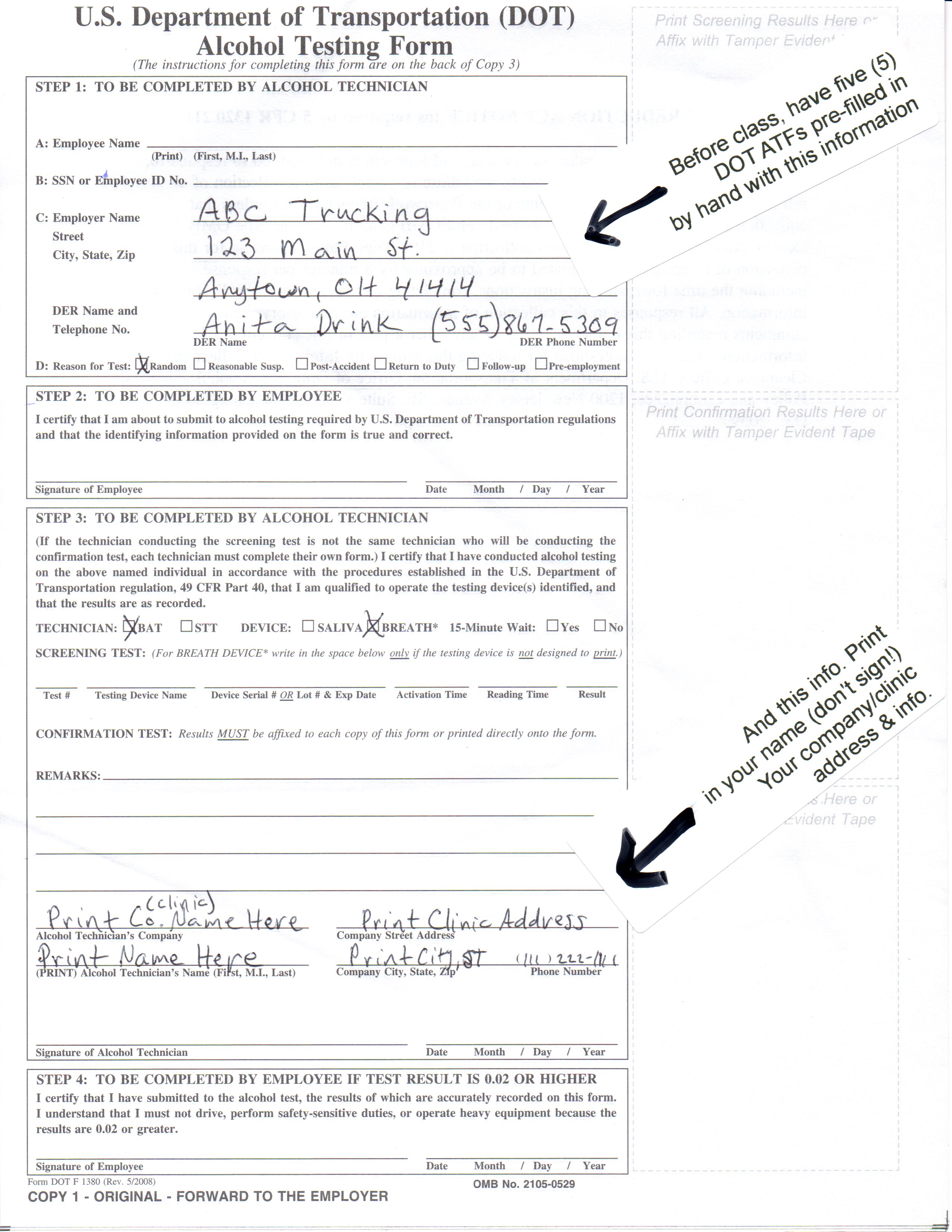Loose Dental Filling Repair: Fix At Home
The discomfort and anxiety that come with realizing you have a loose dental filling can be quite daunting. A dental filling is designed to repair a tooth damaged by decay, and when it becomes loose, it can expose the underlying tooth structure, leading to sensitivity and potentially severe pain. While it’s always recommended to consult a dentist for professional evaluation and treatment, there are situations where you might need to temporarily repair a loose dental filling at home until you can see a dentist.
Understanding Dental Fillings
Before diving into the repair process, it’s essential to understand what dental fillings are and how they work. Dental fillings are made from various materials, such as amalgam, gold, or tooth-colored composite resin. These materials are used to fill cavities, restoring the tooth’s original shape and function. The choice of material depends on several factors, including the location of the tooth, the extent of the decay, and the patient’s preferences.
Symptoms of a Loose Dental Filling
Identifying a loose dental filling early can prevent further complications. Common symptoms include:
- Sensitivity to hot or cold temperatures
- Pain when biting or chewing
- A feeling of something being loose in your mouth
- Visible gap between the filling and the tooth
Temporary Repair at Home
While temporary fixes should not replace a professional dental visit, they can provide relief until you can consult a dentist. Here are some steps and materials you might consider for a temporary repair at home:
Materials Needed
- Temporary dental cement (available at pharmacies)
- Cotton balls
- Clove oil (for pain relief)
- Temporary filling material (some kits are available over-the-counter)
Procedure
- Clean the Area: Gently clean the tooth and the loose filling with water to remove any debris. Avoid using harsh chemicals or abrasive materials that could damage the tooth further.
- Apply Temporary Cement: If the filling is completely out, you can use temporary dental cement to attach it back to the tooth temporarily. Make sure the area is dry before applying the cement. Follow the instructions on the cement packaging carefully.
- Fill the Gap: If the filling is missing, you can use a temporary filling material. These materials usually come with instructions and are designed to be used until a proper dental filling can be placed.
- Pain Relief: If you’re experiencing pain, clove oil can be applied to the area with a cotton ball. Clove oil has natural analgesic properties that can help relieve toothache pain.
Important Considerations
- Consult a Dentist: These home repairs are temporary solutions. It’s crucial to visit a dentist as soon as possible for a proper assessment and permanent repair.
- Infection Risk: A loose filling can expose the pulp of the tooth to bacteria, leading to infections. If you notice any signs of infection, such as swelling, increased pain, or fever, seek dental care immediately.
- Avoid Certain Foods: Until the filling is properly repaired, avoid chewing on the affected tooth and refrain from consuming hard, chewy, or hot/cold foods and beverages that could exacerbate the issue.
Prevention is Key
Preventing dental issues from arising in the first place is always the best approach. Regular dental check-ups, good oral hygiene practices (brushing and flossing), and a balanced diet can significantly reduce the risk of tooth decay and other dental problems.
Conclusion
A loose dental filling, while unsettling, can often be managed temporarily at home until professional dental care can be sought. However, it’s imperative to understand that these at-home fixes are not substitutes for proper dental care. Regular check-ups and prompt attention to dental issues can prevent more severe problems from developing, ensuring your oral health remains in top condition.
What causes a dental filling to become loose?
+A dental filling can become loose due to various factors, including tooth decay under the filling, wear and tear over time, or trauma to the tooth. Poor oral hygiene and chewing habits can also contribute to the loosening of a dental filling.
Can I use super glue to fix a loose dental filling?
+No, it’s not recommended to use super glue or any other household adhesive to fix a dental filling. These adhesives are not safe for use in the mouth and can cause more harm than good. Temporary dental cement specifically designed for dental use is a safer option for temporary repairs.
How long can I safely leave a temporary dental filling in place?
+Temporary dental fillings should not be left in place for more than a few days. They are designed to provide emergency relief until a proper dental appointment can be scheduled. Leaving a temporary filling in for too long can lead to further tooth decay, infection, or other complications.


